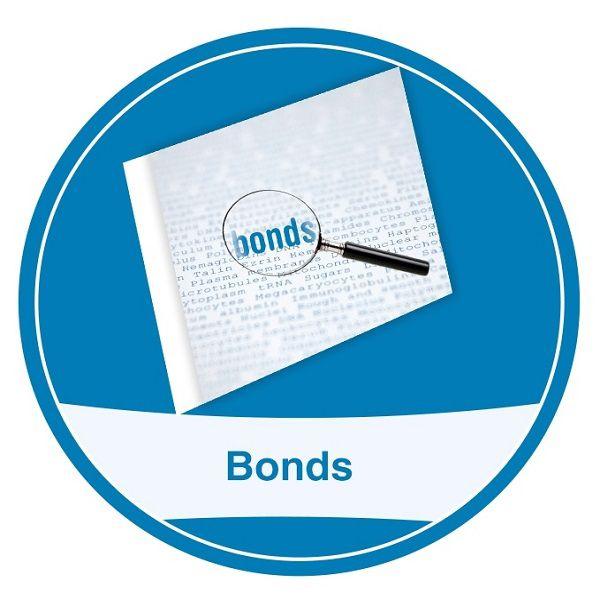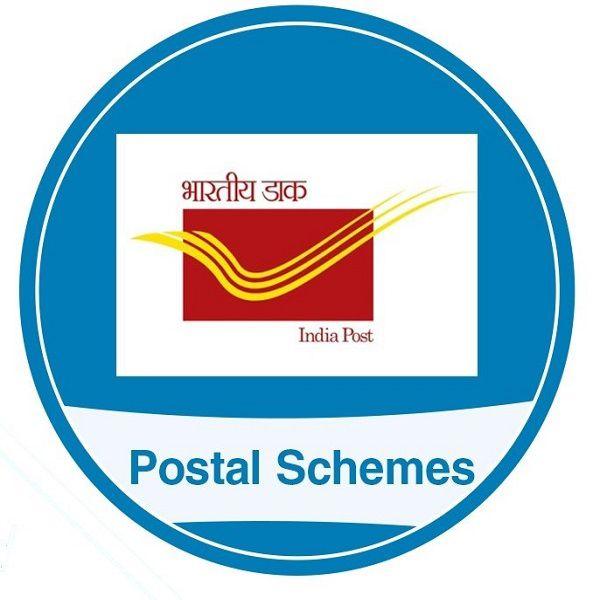NATIONAL PENSION SCHEME (NPS)
National Pension Scheme (NPS) is a voluntary defined contribution pension system administered and regulated by the Pension Fund Regulatory and Development Authority (PFRDA), created by an Act of the Parliament of India. It was launched on 1st January 2004 to encourage not only the employees of the state and central governments but also the citizens working in private and public sectors.
Save More Tax Tax deduction limit under sec 80 CCD (1) ceiling was raised from Rs. 1.00 Lac to Rs. 1.50 Lacs. From F.Y. 2015-16, subscribers will be allowed tax deductions in addition to the deduction allowed under Sec. 80CCD(1) for additional contribution in his NPS account subject to a maximum of Rs. 50,000/- under sec. 80CCD 1(B).
NPS offers two types of Accounts:
-
Tier – 1 Account is a non-withdrawable account meant solely for savings and utilization post-retirement. The funds can only be withdrawn once the subscriber turns 60 years of age.
-
Tier – 2 Account: This is a freely withdrawable account from which the subscriber can make withdrawals as per their requirements. Tier-2 Accounts cannot be opened without opening a Tier-1 Account.
A minimum contribution of Rs. 6000/- per year with a minimum one-time contribution of Rs. 500 is required to be made under Tier-1 Accounts. Under Tier-2 Accounts, the minimum contribution amount is Rs. 2000/- per year and Rs. 250/- one time.
Some of the benefits of this scheme are:
-
A subscriber of NPS is allotted a unique Permanent Retirement Account Number (PRAN), which can be used from anywhere in India.
-
A voluntary pension scheme eligible for all Indians between the age group of 18 to 60
-
It is transparent and cost-effective as contributions are invested in pension fund schemes and the value of the investment can be checked daily
-
Opening an NPS account and acquiring a PRAN number is simple, as a subscriber is identified by a unique PRAN number, a change of employment does not affect your existing pension savings.
-
It is regulated by PFRDA with transparent investment norms, the funds are monitored and managed by fund managers of NPS Trust.
-
Tax benefits on the contribution made towards NPS can be availed under section 80C of the Indian Income Tax Act.
What documents are required to open an NPS account?
Basic identity and address proof are the only documentary requirements.
-
Address Proof can be any one of the following can be submitted Passport, Ration Card with photograph, Bank Passbook, Aadhar Card, etc.
-
Identity Proof can be any one of PAN Card, Aadhar Card and Photo Identity Card, Passport, Ration Card with photograph, Job Card issued by NREGA, Electricity Bill, Water Bill, and Bank Passbook, etc.
For Tier II Account, along with the above documents, bank details & canceled cheque is mandatory. NRI should have an account with a bank based in India to open an account under NPS. After the account is opened, the Central Record Keeping Agency (CRA) shall mail a welcome kit containing the subscriber's Permanent Retirement Account Number (PRAN) card and the complete information provided by the subscriber in the Subscriber Registration Form.
What class of assets are permitted to invest under NPS?
Answer: Under Tier I, there is only one scheme (default) available to the Central/State Govt. wherein the contributions are allotted to three Public Sector Pension Fund Managers; SBI Pension Funds Private Limited, UTI Retirement Solutions Limited, and LIC Pension Fund Limited. These pension funds invest their AUM in the proportion of up to 55% in Government Securities, up to 40% in Debt Securities, and up to 5% in Money Market Instruments.
Under Tier II, assets under consideration for investment are segregated based on their risk returns:
-
Asset class E: "High return, High risk" (equity market instruments)
-
Asset class G: "Low return, Low risk" fixed income instruments
-
Asset class C: "Medium return for credit risk" bearing fixed income instruments
Can I choose where my funds are invested under NPS?
NPS gives two options, Active or Auto. Under Active Choice, the subscribers can choose a fund manager and provide the ratio in which their funds can be invested among the asset classes.
Auto Choice is ideal for individuals who either do not have the necessary know-how for choosing the allocation ideal for them or do not want to make that choice. Under this option, the investments are made in a life-cycle fund. Here, the ratio of funds invested across three asset classes will be determined by a pre-defined portfolio. At the lowest age of entry (18 years), the auto choice will invest 50% of the wealth in E Class, 30% in C Class, and 20% in G Class. These ratios of investment will remain fixed for all contributions until the subscriber turns 36. From 36 years on, the percentage of contribution in E and C asset classes will decrease annually while it increases in G class annually till it reaches 10% in E, 10% in C, and 80% in G class at age 55.





